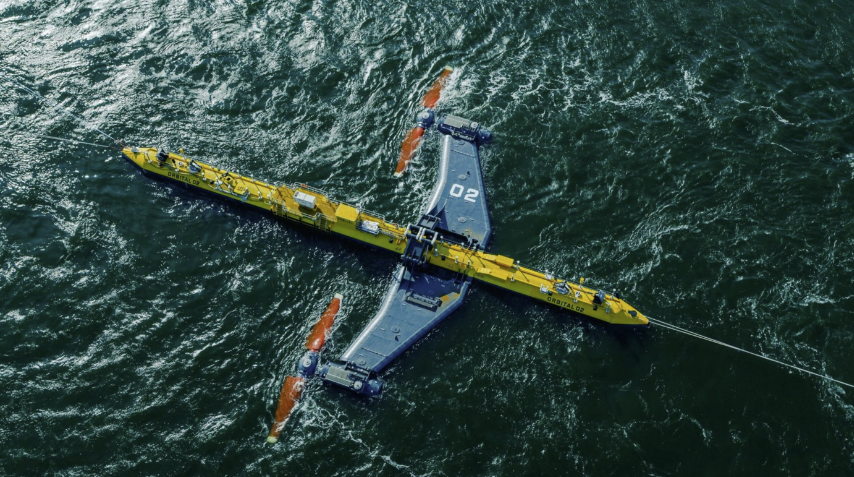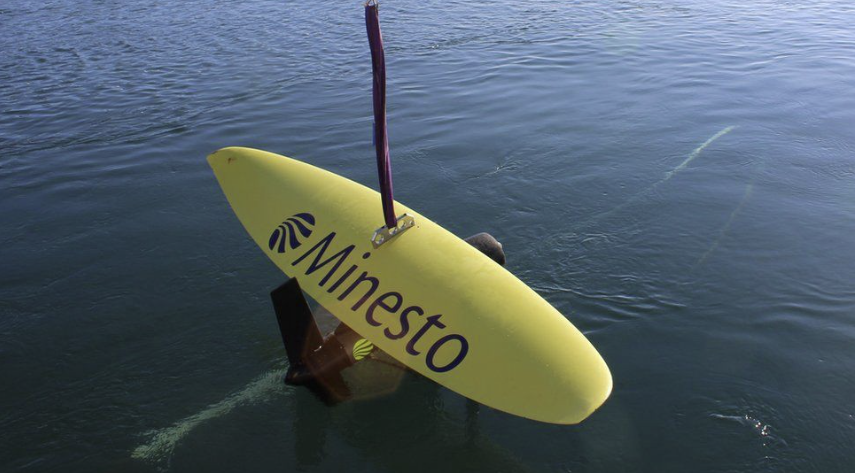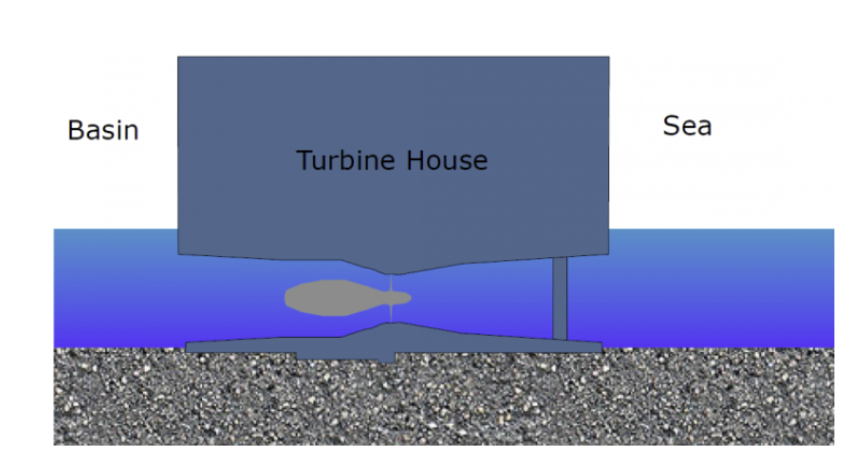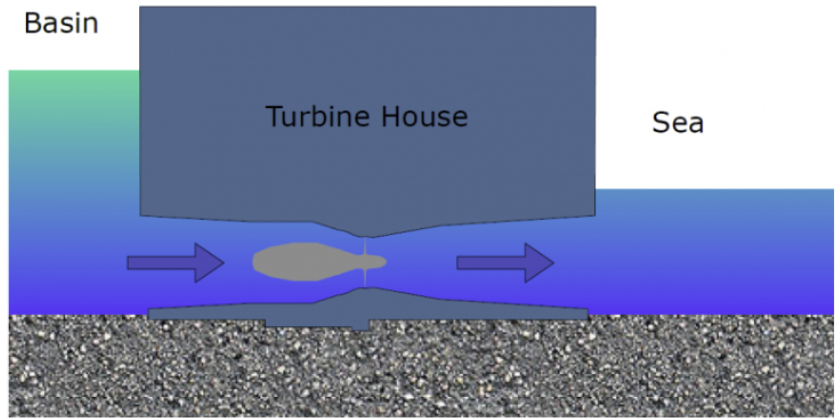· 4 min read
As of today, tidal installed power could only provide the enough energy to power 400 000 homes. In this story, we will cover how tidal power works and why it isn't everywhere yet.
Understanding the basics
Tides are the rise and fall of sea levels caused by the combined gravitational forces exerted by the Moon, the Sun and the rotation of the Earth. Tidal energy takes advantage of this phenomenon to produce electricity and it is one of the oldest ways of harvesting energy from nature. Many tide mills have been found on the European Atlantic coast dating from the Middle Ages or even from Roman times.
The principles of operation are very simple, just the flow of the water drives the turbine, which moves a gearbox, and then a generator produces the electricity.
There are two main ways to extract power:
Tidal stream
It takes advantage of the streams created by the tides; this type of energy production is more similar to wind turbines.
- Breeze turbines

They are the most common among the tidal stream turbines; they are very similar to wind turbines and usually set up in clusters in underwater "wind" farms.
- Floating turbines

The turbine is tethered to the sea floor while operating, but the turbines remain close to the surface, so the undersea work is cheaper and can be moved to different locations depending on sea currents.
- Tidal kite

Tidal kites force water through a turbine installed at the front while it "flies" through the sea. The first trials of this technology are currently underway.
Tidal range
It takes advantage of the difference between the high and the low tide. This works by building a dam across a region where the seawater meets the land, which magnifies the difference between the low and high tide. This type of power plant produces 98% of all tidal energy globally.

First, the dam doors are shut until the sea reaches its maximum level. At that moment, the doors are open, and the water flows into the basin. Built inside this dam are several turbines harvesting the energy of the flowing water.

Then the dam is closed, and the water accumulates in the basin.

Once the sea is at its minimum level, the dam's gates are open again, and the turbine generator can produce electricity.

Clean and predictable
As the tides rise and fall naturally, no fuel is required, so it is truly renewable, and, unlike other renewable energy sources, it is entirely predictable. There are always two high and two low periods of low tides every day so that tidal power plants can generate power for up to 14 every 24 hours every day of the year. As waves are well-studied, their height and time can be predicted years in advance with high accuracy.
Moreover, tidal energy systems are inherently age resistant and have long lifespans. The average estimate for most tidal systems is 75–100 years of working use. To put into perspective, a solar panel usually degrades after an average of 25–30 years. Fewer materials are also needed; tidal turbines can be smaller because water is denser than air thus, exerts a more significant force on the blades of the turbine.
Sadly, these solutions are expensive
The tidal industry is young; for that reason, manufacturing and supply chains have to be yet developed, making these projects very expensive.
Operating underwater comes with a set of unique engineering challenges, such as corrosion or building big structures and maintaining them in turbulent seas; and this is not cheap at all. Other renewable resource solutions have more affordable upfront costs. Tidal energy systems have long lifespans and eventually pay themselves off, but governments and companies are more concerned with their 5-year budget rather than a 60-year projection.
Not all the locations are suitable; to operate effectively and efficiently, they require a particular set of characteristics. About 25% of all the potential space in which tidal turbines can be installed is in Scotland.
Hopefully, the Swansea Bay Tidal Lagoon project in the UK, and MeyGen Tidal energy in Scotland, will encourage more investors and companies to look for new solutions to the energy and environmental problems we need to solve.
And what do you think, will we see tidal energy becoming more popular? Do you think it is really useful in this type of technology?.
Keep curious!
Future Thought Leaders is a democratic space presenting the thoughts and opinions of rising Sustainability & Energy writers, their opinions do not necessarily represent those of illuminem.






